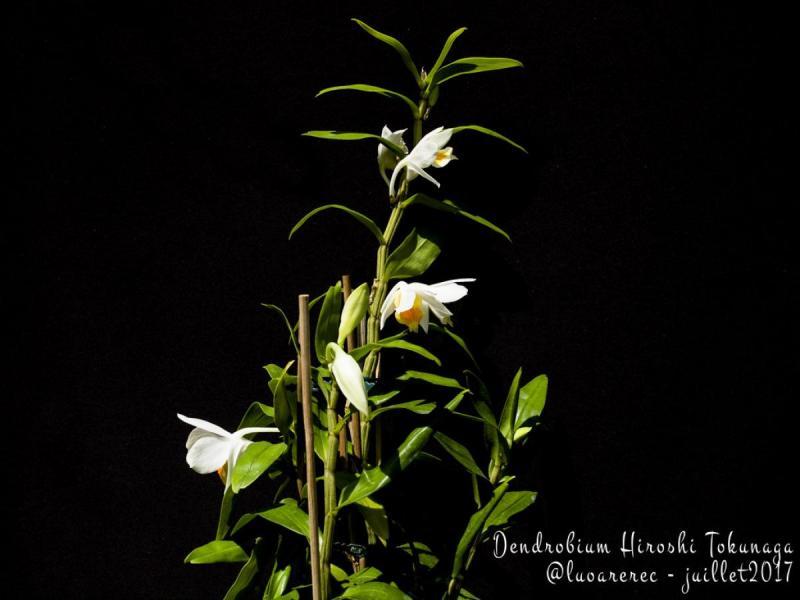Dendrobium cruentum
Also known as: The Blood Red Dendrobium or Callista cruenta In Thailand - Ueang nok kaeo in the subfamily: Epidendroideae
Native to: Thailand
General Information
The Blood Red Dendrobium is a small to medium sized sympodial warm to hot growing epiphytic orchid belonging to the sub family Epidendroideae native to Thailand.
Plant Description
Sympodial. Grows to 30-35cm. Each new growth has numerous leathery elliptic, oblong shaped leaves that grow to 5-13cm long. Pseudobulbs grow to 25-30cm
Flowers
Numerous fragrant blossoms appear
Fragrance
The orchid is fragrant.
Substrate(s)
- Coarse
Care Notes
This orchid goes into a dormancy phase during winter, during this phase it is best not to provide water unless the plant is starting to look thirsty. The lack of water increases the chance of flowering in spring, and also reduces the likelihood of any rot forming. Do not resume watering until new growth has appeared and is growing strongly.
Often a period of intense growth occurs after dormancy. During this time the amount of light, water and fertiliser the plant receives will directly impact the amount of growth that occurs during this time, and in the case of seedlings, will reduce the time required to reach maturity.
It's recommended to heavily reduce the water amount at the middle to end of autumn to trigger dormancy. Leaves on older bulbs will begin to drop during this time while the newer bulbs continue to mature until terminal leaves appear at the tip of the pseudobulbs.
Repotting can be done any time of the year though it's best to do it in early spring when new growth is appearing as this also means new roots will appear to help the plant anchor into the new media and offset any damage to established roots during the repotting process.
Fragrant:
- IsFragrant
Climate
Grows at low elevations. Rainfall ranges from 30mm to 363mm per day, heaviest in October and lightest in February. Humidity ranges from 72% to 83%, highest in September and lowest in February. Temperature ranges from 21C to 30C, highest in March (22C to 30C) and lowest in January (21C to 27C).
Watering
These orchids are sensitive to excessive watering and should only be watered when they look thirsty. Water infrequently and ensure that the roots are dry before watering. Keep an eye on them especially during hot weather as overwatering can lead to rot, whereas underwatering may result in wilting or shriveling, which while unattractive, will not kill the plant.
Keep moisture levels up during hot weather as the plant is prone to dehydrationFertiliser
dormant-medium-demand-orchid Apply fertiliser regularly at half strength year round. Use a high Nitrogen fertiliser during Spring and Summer. Use a high Phosphorous fertiliser during Summer.
Potting
These plants are quite forgiving and will do well repotted ever 2-3 years. The mix should be coarse, well draining, and allow space for air to move and for roots to grow.
Alternatively, these plants will also do well mounted to tree fern or cork slabs, or mounted to trees.
Best time for repotting or mounting the orchids is the end of winter when new growths start to appear. Avoid repotting during hot weather,













![© [╠╣♥ŃEҰ] -น้ำผึ้ง-](/orchid-images/orchids/d/dendrobium/cruentum/3268457339_6b2766fb53.jpg?w=98)









